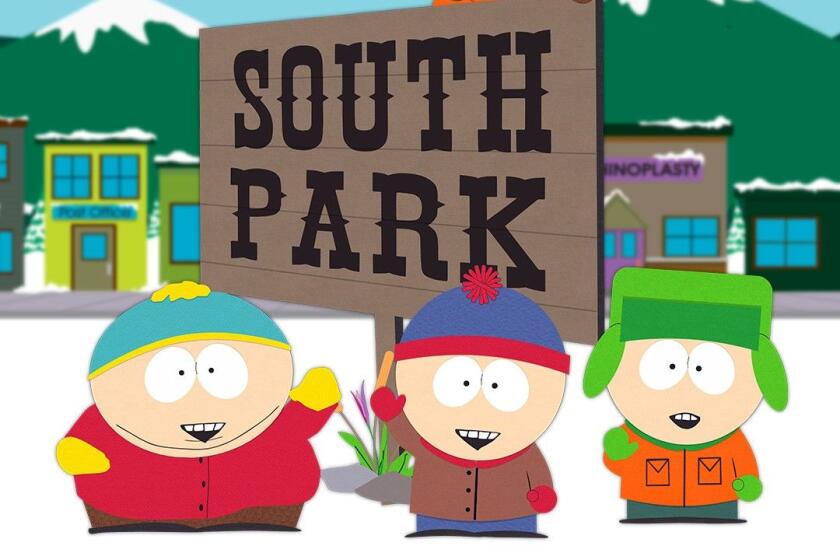Output of U.S. Industry Falls 0.5% : Economy: Several government reports indicate that the nation’s growth is stalled.
- Share via
WASHINGTON — Industrial production declined 0.5% in August, according to a Federal Reserve report Wednesday that analysts cited as the latest evidence that the locomotive pulling the economy out of recession has lost steam.
The Fed attributed part of the decline to the effects of Hurricane Andrew and the strike at General Motors’ Lordstown, Ohio, parts plant. But output at the nation’s factories, mines and utilities fell even when the impact of those events was excluded.
“Our economic growth path is now a flat line, at best,” said John M. Albertine, head of a Washington economic forecasting firm. “The declines . . . were widespread. With no strong sector to hitch a new recovery to, we are likely to have to endure a stagnant economy for at least the rest of the year.”
Industrial production had risen for four consecutive months through May, leading many analysts to believe that it had assumed the unusual role of leading the economy while other sectors were flat.
Evelina Tainer of Prime Economic Consulting in Chicago noted that output then declined 0.4% in June, rose just a modest 0.6% in July and fell last month.
“What’s discouraging is the trend in production,” she said. “We’re looking at . . . a very low trend line.”
In a section of the report on capacity utilization, the Fed said the operating rate of the nation’s factories, mines and utilities fell 0.5 of a percentage point to 78.5%.
“When you have a high capacity utilization rate, it suggests a need for capital spending and investment” in new plants and equipment, Tainer said. “This suggests the need is not very strong.”
A second report Wednesday also suggested little need for increased production and employment.
The Commerce Department said business inventories rose 0.1% to a seasonally adjusted $832.9 billion in July, the highest level since they reached $838.5 billion in February, 1991. It was the fifth increase in six months.
At the same time, business sales rose 0.8% in July to a record level of $558.5 billion. But while sales were up in all major categories--manufacturing, wholesale and retail--the department reported earlier this week that retail sales had fallen 0.5% in August.
It is often difficult to tell whether a buildup in inventories is voluntary or involuntary. If it is involuntary, it could mean lack of customers, which could lead to falling production and loss of jobs.
The Fed report said Hurricane Andrew “disrupted output of several major industries, particularly oil and gas extraction, petroleum refining and petrochemicals. Effects of the storm reduced industrial production by a little more than 0.1% in August.”
Since the storm struck late in August, it probably continued to have adverse effects on production in September, “although it should not pull down the total index a lot,” Tainer said.
The Fed also said that the GM strike, which forced the closing of production lines in several states, lowered automobile output by about 1%.
Capacity Utilization
Seasonally adjusted percent of total capacity
Aug., ‘92: 78.5%
July, ‘92: 79.0%
Aug., ‘91: 79.8%
Source: Federal Reserve Board
Industrial Production
Seasonally adjusted index, 1987 = 100
Aug., ‘92: 108.6
July, ‘92: 109.2
Aug., ‘91: 108.0
Source: Federal Reserve Board
More to Read
Inside the business of entertainment
The Wide Shot brings you news, analysis and insights on everything from streaming wars to production — and what it all means for the future.
You may occasionally receive promotional content from the Los Angeles Times.










